EPA Ratings Reveal the Rest of the GM 2.7-liter Story

Last month, General Motors released EPA-estimated fuel economy figures for one of the new, turbocharged 2.7-liter inline-four’s applications: the two-wheel drive version of the 2019 Chevrolet Silverado and GMC Sierra pickups.
Despite boasting 310 horsepower and 348 lb-ft of torque, the engine’s combined estimated fuel economy of 21 miles per gallon left many wanting more. Now that we have EPA figures for the rest of the line, it’s no surprise to see that figure serve as an MPG high water mark.
(Kudos to the eagle-eyed Bozi Tatarevic, who noticed the new figures)
In two-wheel drive applications, the 2.7-liter, which comes standard on LT and RST trims, rates 20 mpg city, 23 mpg highway, and 21 mpg combined. That’s an average of 1 mpg more than the 4.3-liter V6 found in last year’s mainstream, lower-trim pickups, which made do with two fewer forwards gears (six, to the 2.7’s eight). Still, the new mill beats the old one by 25 hp and 43 lb-ft of torque.
Moving up to GM’s 5.3-liter V8, optional on both 2.7L trims, brings additional horsepower and torque, at the expense of two fewer MPGs in combined driving.
Luckily for The General, adding four-wheel drive to the 2.7-liter models doesn’t cause an embarrassing dip below 20 mpg. The EPA rates the 2.7L/4WD models at 20 mpg combined, 19 mpg city, and 22 mpg highway — a combined drop of 1 mpg compared to the 2WD model. Compared to 5.3L/4WD models, the four-cylinder beats it by 2 mpg when equipped with the same eight-speed tranny, or 3 mpg if the V8’s bolted to the low-rent six-speed.
The top-flight 6.2-liter V8, when equipped with four-wheel drive, also sees a 3 mpg difference between it and the 4WD 2.7L.
As we told you before, Ford and Ram’s base V6 engines offer a slight edge in fuel economy, though the 2.7L handily trounces the 3.3-liter Ford V6 in terms of power. The GM’s two main rivals also narrowly edge out the 2.7L’s tow rating of 7,200 pounds. Ford’s 3.3-liter tops out at 7,700 pounds, while the 3.6-liter Ram is rated for up to 7,730 lbs.
[Image: General Motors]

More by Steph Willems
Latest Car Reviews
Read moreLatest Product Reviews
Read moreRecent Comments
- Buickman I was called crazy after predicting the sale of GMAC.#canthurtme
- 3-On-The-Tree Another observation during my time as a firefighter EMT was that seatbelts and helmets do save lives and reduce injury. And its always the other person getting hurt.
- 3-On-The-Tree Jeff, Matt Posky, When my bike came out in 1999 it was the fastest production motorcycle in the world, 150 HP 197 top speed, 9.57 quarter mile Hayabusa peregrine falcon etc. This led to controversy and calls for high-speed motorcycles to be banned in order to avoid increasingly fast bikes from driving on public roads. This led to a mutual decision nicknamed the “ gentleman’s agreement” to limit bikes to 186mph, ending the production bike speed contest for all bikes 2000 and upward. Honestly once your over a buck 20 it’s all a blur. Most super cars can do over or close to 200mpg, I know at least on paper my 09 C6 corvette LS3 tops out at 190mph.
- 3-On-The-Tree In my life before the military I was a firefighter EMT and for the majority of the car accidents that we responded to ALCOHOL and drugs was the main factor. All the suggested limitations from everyone above don’t matter if there is a drunken/high fool behind the wheel. Again personal responsibility.
- Wjtinfwb NONE. Vehicle tech is not the issue. What is the issue is we give a drivers license to any moron who can fog a mirror. Then don't even enforce that requirement or the requirement to have auto insurance is you have a car. The only tech I could get behind is to override the lighting controls so that headlights and taillights automatically come on at dusk and in sync with wipers. I see way too many cars after dark without headlights, likely due to the automatic control being overridden and turned to "Off". The current trend of digital or electro-luminescent dashboards exacerbates this as the dash is illuminated, fooling a driver into thinking the headlights are on.



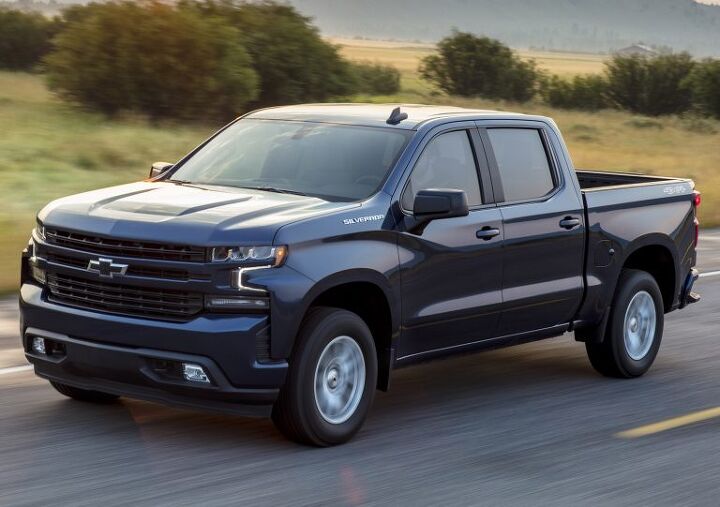














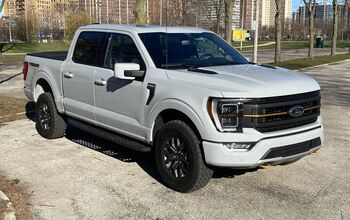
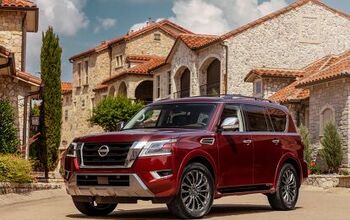


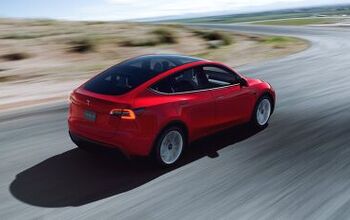


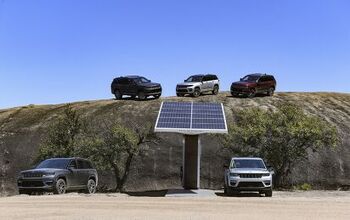
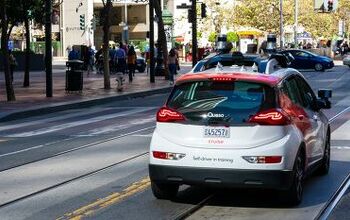
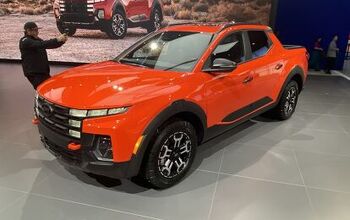
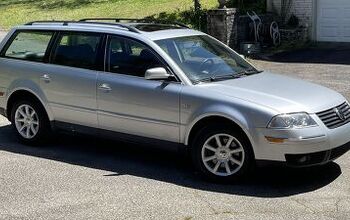

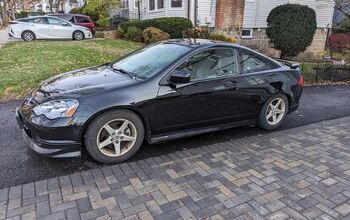


Comments
Join the conversation
I was looking forward to this truck. I figured a 4cylinder is plenty... but this fuel economy is atrocious. Its less than the F150, with 2 less cylinders. Its less than the Ridgeline, with 2 less cylinders. I was thinking more like 24-25 MPG? Than I'd be talking... but I guess thats more about weight and aerodynamics than powertrain.
Not impressed. I'm getting a real average of 20.5 mpg combined (mostly city) from my '18 F150 XLT 4X4 Supercab 2.7L Ecoboost. I'd bet if I had a 2.7L EB F150 4X2 regular cab I'd have no problem surpassing 24 combined.